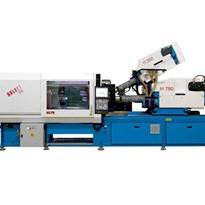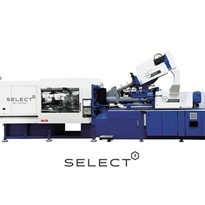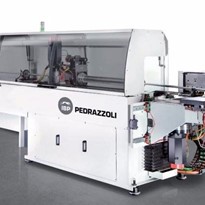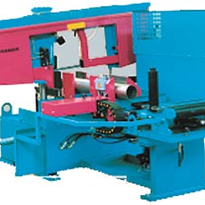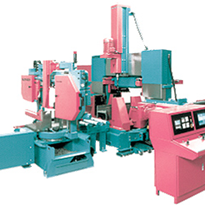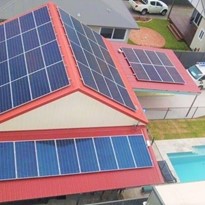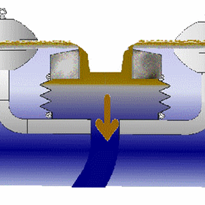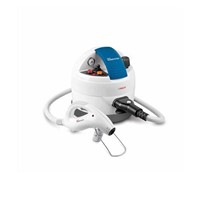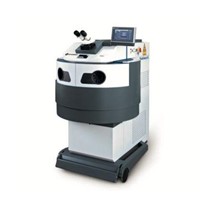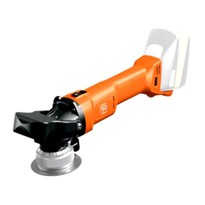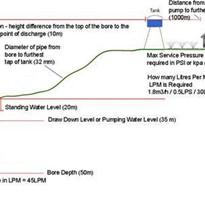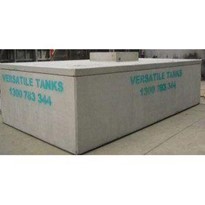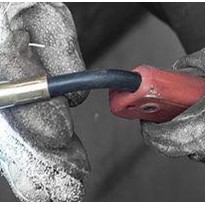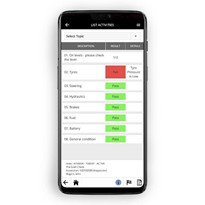Selecting the right machine for your fabrication or manufacturing business isn’t about who you know or what’s familiar—it’s about using a structured, evidence-based process that ensures your investment delivers measurable performance improvements and sustainable ROI.
At Specialist Machinery Sales, we help businesses avoid costly mistakes by applying a metrics-led machine selection framework. Here’s how your business can do the same:
1. Start with a Comprehensive Project Profile
Every successful machine acquisition begins with clarity:
- What markets are you serving?
- What capabilities must the machine deliver?
- What gaps in your production are you aiming to fill?
Your project profile should define your business objectives, client expectations, market opportunities, and current bottlenecks. This becomes the strategic foundation for shortlisting machinery that aligns with your growth goals.
2. Build a Metrics-Driven Bid List
Too many businesses rely on guesswork, familiarity, or brand loyalty when building a shortlist of machinery suppliers. Instead, apply measurable criteria to each manufacturer:
- Historical performance data
- Technical capabilities
- Post-sale support & upgrade paths
- Local market relevance
- Cost-efficiency per part
Avoid the temptation to choose the “safe option”—and instead use this framework to identify real performance advantages.
3. Align with Business and Client Expectations
Machine selection should enhance your ability to consistently deliver value-added outcomes. This means:
- Faster turnaround times
- Improved precision and repeatability
- Lower cost per part
- Expanded capacity and capability
If your investment can’t be justified by measurable gains, then it’s not the right investment.
4. Use ROI Forecasting as a Decision Tool
Planning capital investment without ROI forecasting is like sailing without a compass. A data-driven ROI model should account for:
- Production hours per shift
- Projected output and revenue
- Downtime savings
- Labour reduction
- Market expansion potential
With the right tools, your decision is based on forecast, not faith.
5. Focus on Efficiency, Flexibility, and Competitive Edge
Evaluate machines based on:
- Cycle time efficiencies
- Automation potential
- Flexibility for varied project types
- Tooling changeover speed
- Material waste reduction
Machines that deliver on these fronts become growth enablers, not just capital expenses.
6. Make Profitability a Core Selection Metric
It’s not just about cutting costs—it’s about creating margin. Your new machine should:
- Increase throughput
- Decrease the cost of sale
- Improve job costing accuracy
- Reduce reliance on subcontractors
- Enhance quality and consistency
Machines that increase margin, not just output, drive long-term competitiveness.
7. Future-Proof Your Business with Scalable Tech
The right machinery empowers you to:
- Take on new projects
- Scale operations efficiently
- Secure supply chain reliability
- Mitigate cost pressures
- Deliver higher value with fewer resources
Strategic machine acquisitions also position your business for prestige, credibility, and differentiation.
8. Choose Experts Who Understand Your Market
Successful machine investment isn’t just about specs—it’s about strategy. Work with subject matter experts who:
- Understand your industry
- Know how to apply machine data to business strategy
- Challenge assumptions
- Deliver evidence-backed recommendations
Don’t settle for salespeople—demand trusted advisors who align with your long-term goals.
In Summary, Strategy Beats Familiarity
If your last machine purchase didn’t deliver the gains you expected, ask yourself:
- Was the selection metrics-based?
- Was ROI calculated or assumed?
- Did you rely on brand familiarity rather than performance data?
Hope is not a strategy. Familiarity is not a metric. If it can’t be measured, it can’t be improved.
Ready to Select the Right Machine?
Let Specialist Machinery Sales help you structure a performance-focused, data-driven decision-making process that ensures your next machine delivers exactly what your business—and your clients—demand.


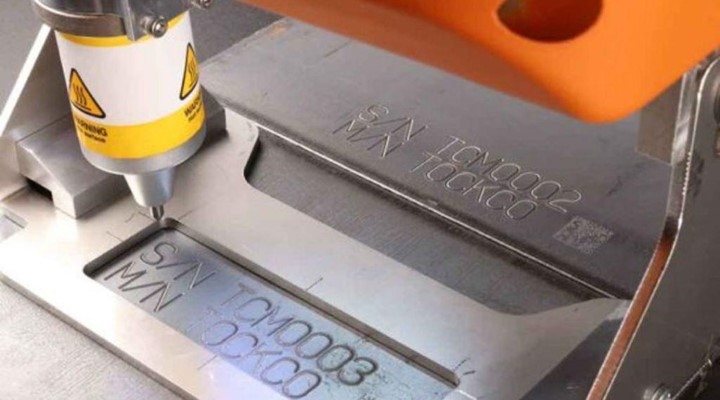
-720x400.jpg)
-720x400.jpg)
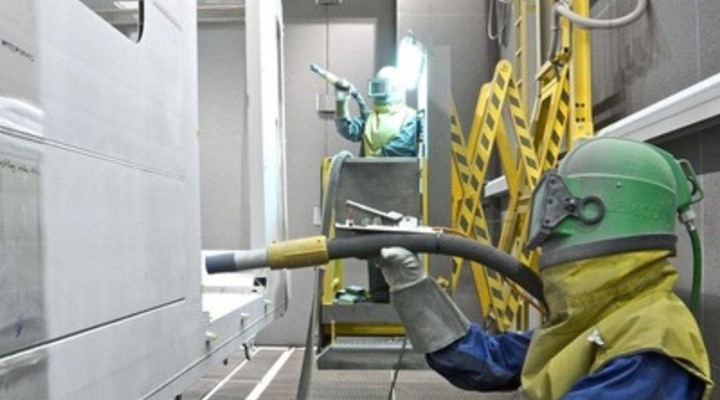
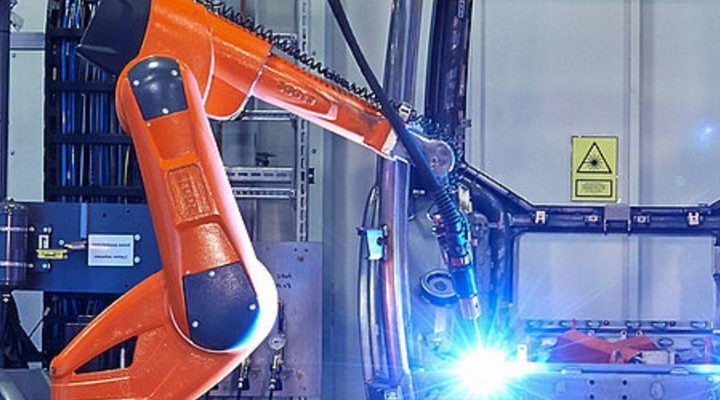
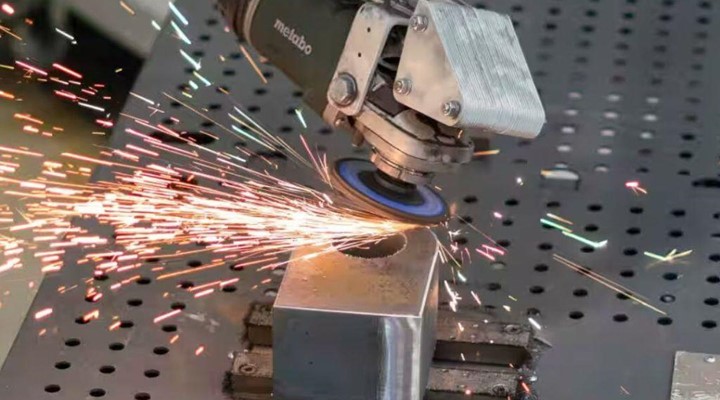
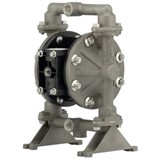
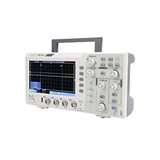
-160x160-state_article-rel-cat.png)


-160x160-state_article-rel-cat.png)

-205x205.jpg)
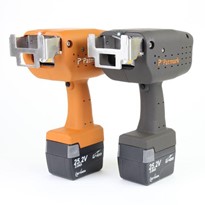
-205x205.jpg)


-205x205.jpg)
-205x205.jpg)
-205x205.jpg)
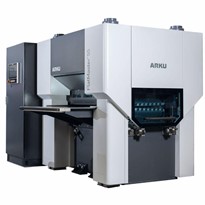
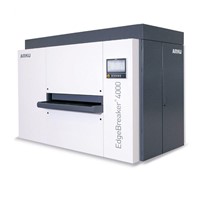


-205x205.jpg)
-205x205.jpg)
-205x205.jpg)
